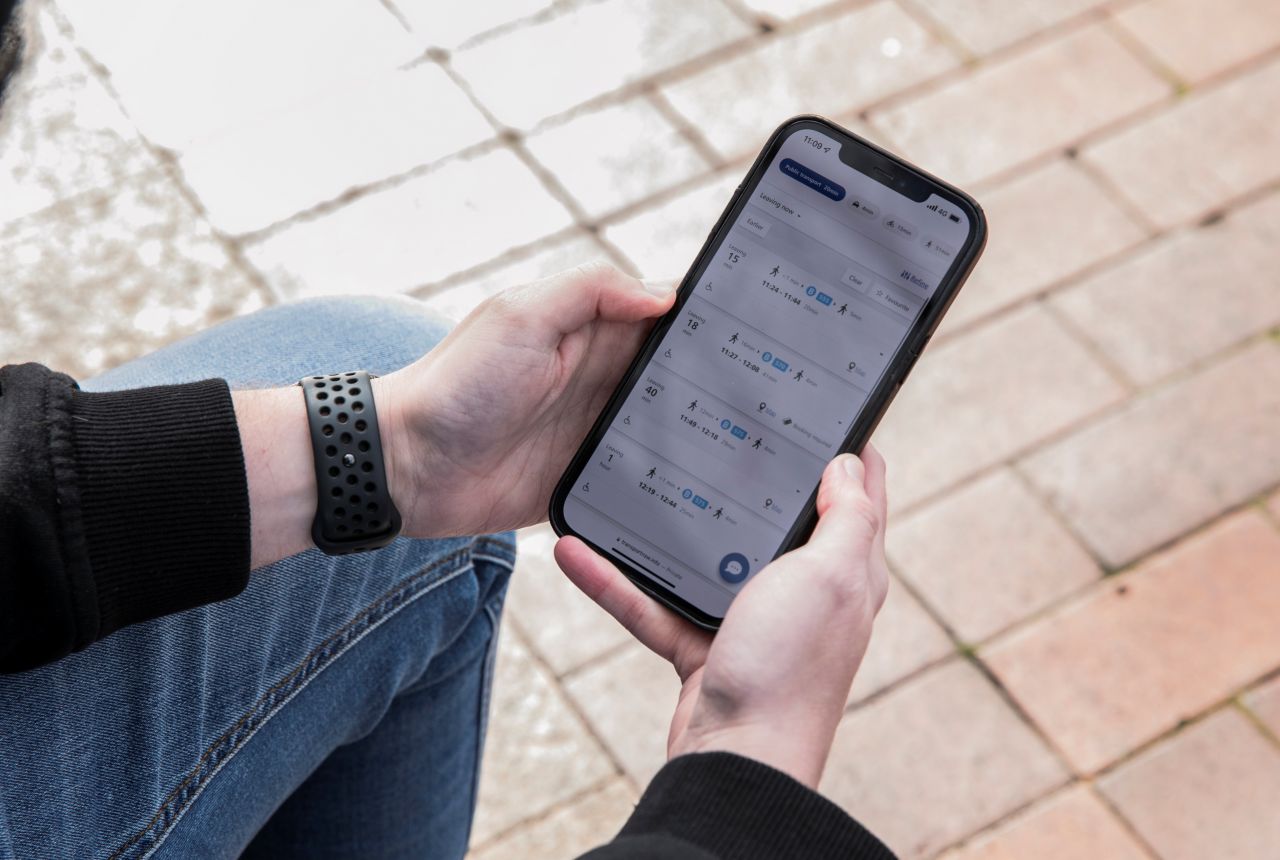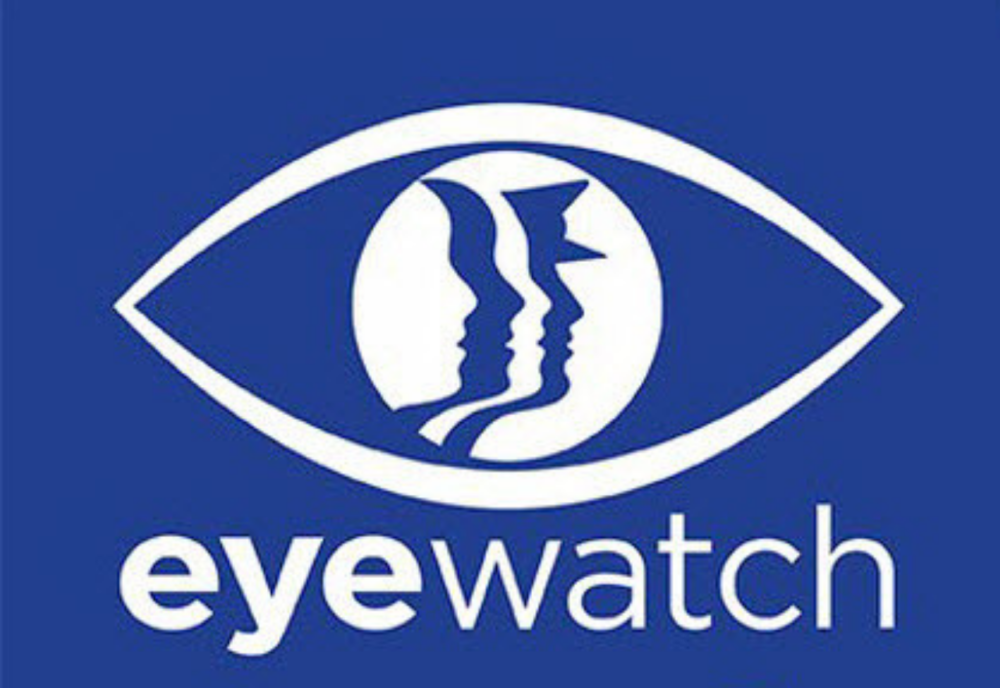eSafety report reveals online exposure harmful to kids
Angie White
13 July 2025, 3:40 AM
 Keeping kids safe online.
Keeping kids safe online.A recent eSafety report has shone a spotlight on high rates of exposure to online harm amongst children 10-15 years old after a survey of 2,629 children.
The report titled ‘Digital use and risk: Online platform engagement among children aged 10 to 15’, is the latest in eSafety’s ongoing series of reports presenting findings from its Keeping Kids Safe Online survey.
Frightening statistics give parents and authority figures cause for concern with almost 3 in 4 children (74%) having seen or heard content associated with harm online at some point, while 1 in 2 has been cyber bullied.
According to the report 96 per cent of children in this age demographic had used at least one social media platform, and a majority had used a communication platform to chat, message, call or video call others (94%), with 7 out of 10 saying they had been exposed to harmful content.

Almost 3 in 4 children (74%) having seen or heard content associated with harm online.
Such things as cyberbullying, violent videos, image-based abuse, hateful material, dangerous online challenges and messages promoting disordered eating and even suicide were witnessed by those taking part in the study.
A disturbing 1 in 7 told of online grooming from adults or children up to four years older than them.
Social media was the most common platform where children reported recently encountering most online harms, and many children experienced harm on communication and gaming platforms.
Trans and gender-diverse children faced a higher level of problems across the board, while girls were more likely to be cyberbullied and to experience non-consensual tracking, monitoring or harassment.
Western area Psychologist and School Counsellor Astrid Linke said this problem is becoming more apparent in young people.
"We’re seeing more and more young people impacted by the harmful content they’re exposed to online—often before they have the emotional maturity to process it.
"These platforms are shaping their sense of self, relationships, and mental health in ways that can be damaging. There’s a real urgency for stronger protections, more open conversations at school and at home, and education that empowers kids to navigate the digital world safely," said Ms Linke.

Social media is the most common platform for harm to children.
“It’s a worry isn't it, but social media is here to stay unfortunately,” says one western area teacher and mother of four teenagers.
“I think the best thing we can do is to help our kids and students understand what they might come across.
“I’ve thought about using parental controls more, but they can be tricky, and I think could potentially backfire.
“We have a strict policy of no phones in bedrooms, but that is as far as we go.
“Communication is the key as it is with all things, encouraging open conversations so that they are comfortable coming to you if they’re unsure about something and of course setting a good example and modelling how to treat themselves and others with respect, this should hopefully have a flow on to their online world,” she said.
‘This is a real worry for parents” said a western area father of two teenagers.
“Kids are so computer literate that they know how to do everything and are easily able to log onto sites and do all types of things. Add to that the new AI technology and kids are at risk of being harmed in ways we never imagined.
“Country kids are just as at risk, with a lot of time on their hands in some areas with not much for kids to do.

Keeping kids busy and off social media one way of keeping them safe.
“We try to keep our kids involved in lots of sports and activities, so they have less time to go online because of their busy schedules.
“Keeping lines of communication open and being vigilant with screen time are other things we do to keep our kids safe,” he said.
The eSafety Commissioner website has resources for children to log onto for help or advice in situations that may arise.
The website has a dedicated First Nations section and welcomes children asking for help.
Parents are encouraged to log into the Parent section for advice and tips to keep kids safe.



